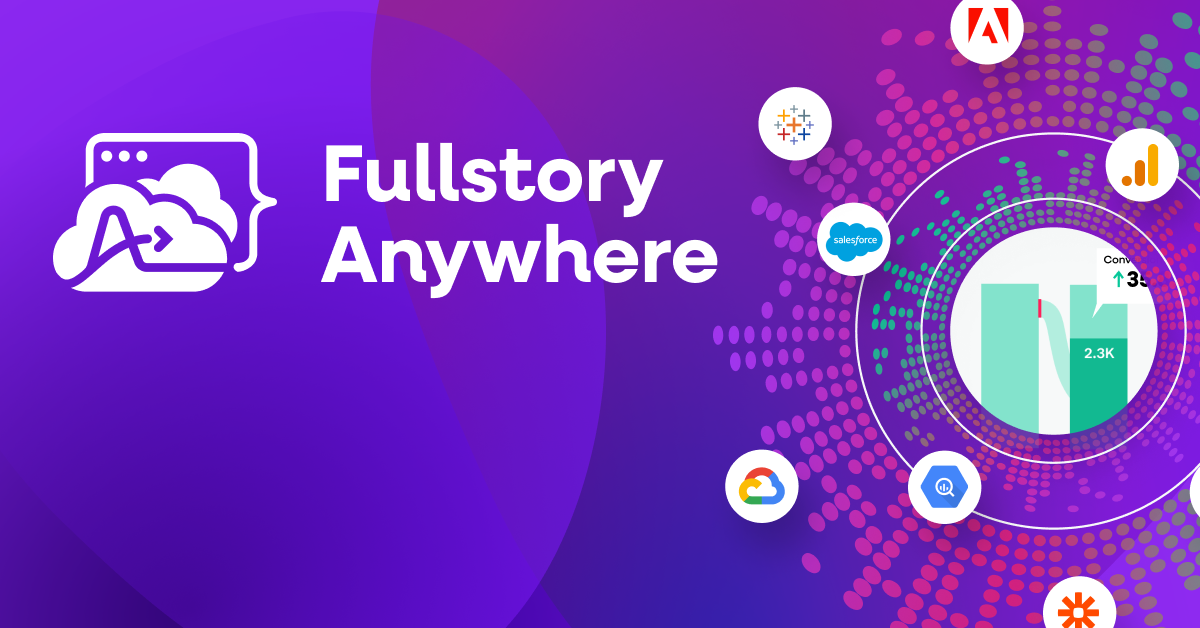When we talk about the “customer experience” in the context of online business, it’s easy to fall into the trap of associating it entirely with customer-facing teams. Obviously frontline folks like onboarding specialists, support agents, account managers, and others are critically important to the customer experience, but they aren’t the sole owners of the responsibility.
In reality, creating and maintaining a digital experience that builds customer loyalty and, in turn, revenue takes an entire organization—product managers, UX designers, marketers, sellers, engineers, and everyone in between.
In fact, research shows that highly aligned companies grow revenue 58% faster and are 72% more profitable on average.
Everyone at a company contributes to the customer experience in different ways, but the key to success is ensuring everyone understands the goals and has the data they need to make informed decisions. By focusing on and pulling from a single data source, that valuable user experience is effectively democratized—and can be utilized across a near-endless variety of different sources and teams.
In this post, we’ll walk through three key benefits democratized data can achieve, and look at a few of the most pertinent dangers of keeping data (and teams) siloed.
For more on why good CX is everyone’s job, download the complete guide.
Best-in-class customer experiences happen when organizations unite around data-driven goals. To read more about why good CX is everyone’s job (and how to implement this idea at your organization), download the guide.
Benefits of democratized data
1. Checks and balances
Granting disparate teams access to the same pool of data means knowing that ideas and recommendations originating from any department are based on a single source of truth. Additionally, knowing that everyone has access to the same datasets heightens the accountability to doublecheck reporting and ensure that plans and decisions are backed by data. This can foster greater cross-team trust and reduce costly disagreements.
"Being able to quickly invalidate the other tool’s metrics [with Fullstory] saved ‘weeks of engineering time’ that would have been spent investigating.” - Jillian Moroney, Associate Product Manager, JetBlue
2. Reduce internal frustrations and thrash
Working from the same data set doesn't just protect accuracy—it also promotes a willingness to collaborate. When a company isn’t rallied around a single source of DX truth, the resulting friction can be frustrating… and at times, embarrassing. Disagreeing on data can ripple out to disagreeing on goals, which often leads to tension, territorialism, wasted time in meetings to untangle problems, and thrash. When every initiative is backed by numbers that everyone can see (rather than from some black box of complex analytics), companies are more likely to be aligned and moving in the right direction.
3. Bring teams together
Many teams are at least partially remote, and many people only know their coworkers via a computer screen. Whether working remotely, hybrid, or even in-person, knowing that your peers are working from the same digital experience data makes teams feel less distant and more connected. Shared data and analytics can inspire cross-organizational trust that’s harder to come by in the modern workplace.
For example, Bazaarvoice, a leading user-generated content (UGC) platform, hosts Fullstory Fridays each week. Design, engineering, and product teams gather to watch notable sessions and share actionable insights they’ve learned from Fullstory. They may look closely at a bug that’s cropped up or take a deep dive into funnel conversions for a particular week. These shared real-time insights enable the teams to identify, communicate, and act on issues and opportunities quickly, together.
3 risks of siloed digital experience data
Organizations without a democratized source of digital experience data can run into a multitude of issues that range from merely annoying to revenue-hindering and detrimental to the customer experience. Companies with siloed data and misaligned teams are likely to see one or more of these outcomes:
Different teams are using disparate data sources, and will inevitably come to different conclusions about what course of action to take or how to solve a particular problem. On the other hand, even if two teams use different data to get to the same conclusion, they’re likely to get distracted arguing about why the source data was different in the first place.
Without a shared solution, multiple teams may be replicating the same work or trying to solve the same problem without knowing it. Even outside of downstream effects (like which team’s recommendation will ultimately be taken), this is an expensive and time-consuming redundancy.
If only some teams have access to reliable digital experience data, other teams are flying blind and are unable to set data-driven goals.
Each of these scenarios leads to friction, frustration, and missteps that could be avoided—and that, over time, can take costly tolls on time, efforts, and morale. Better alignment leads to greater success for your employees, your organization, and your customers.



